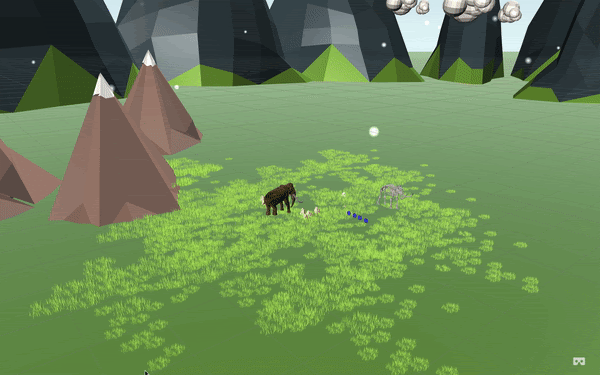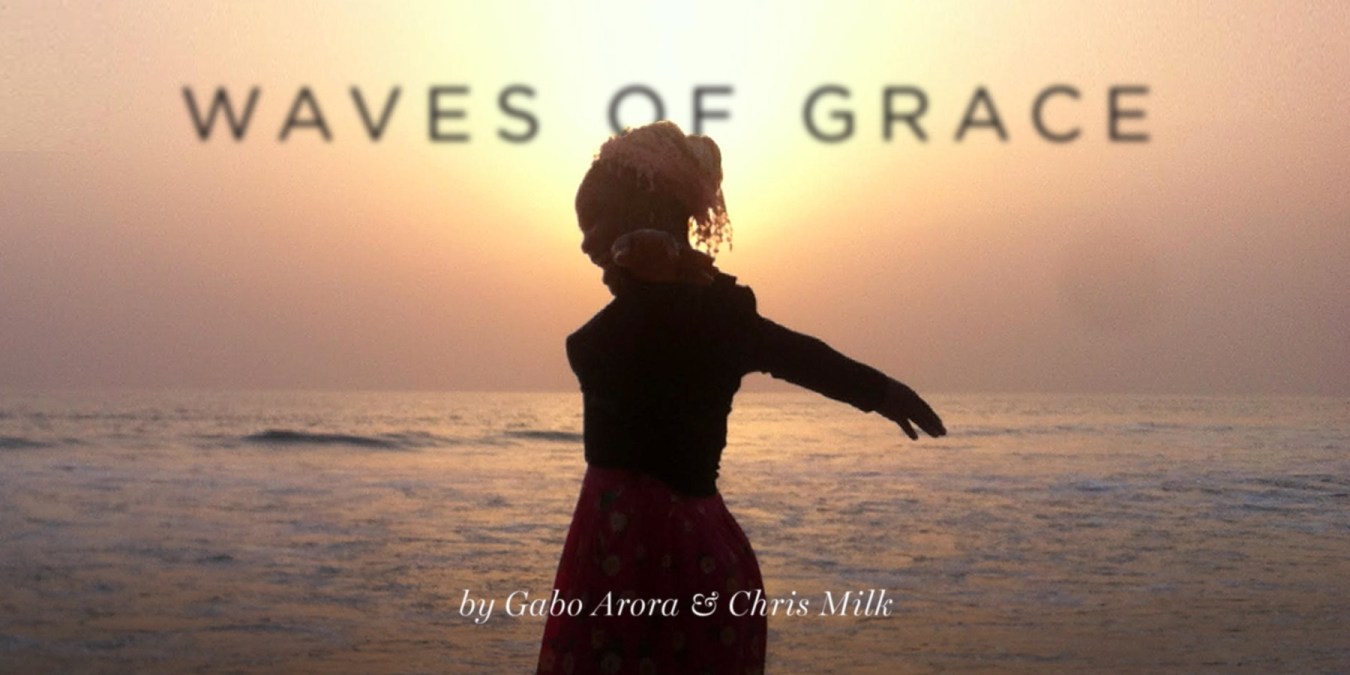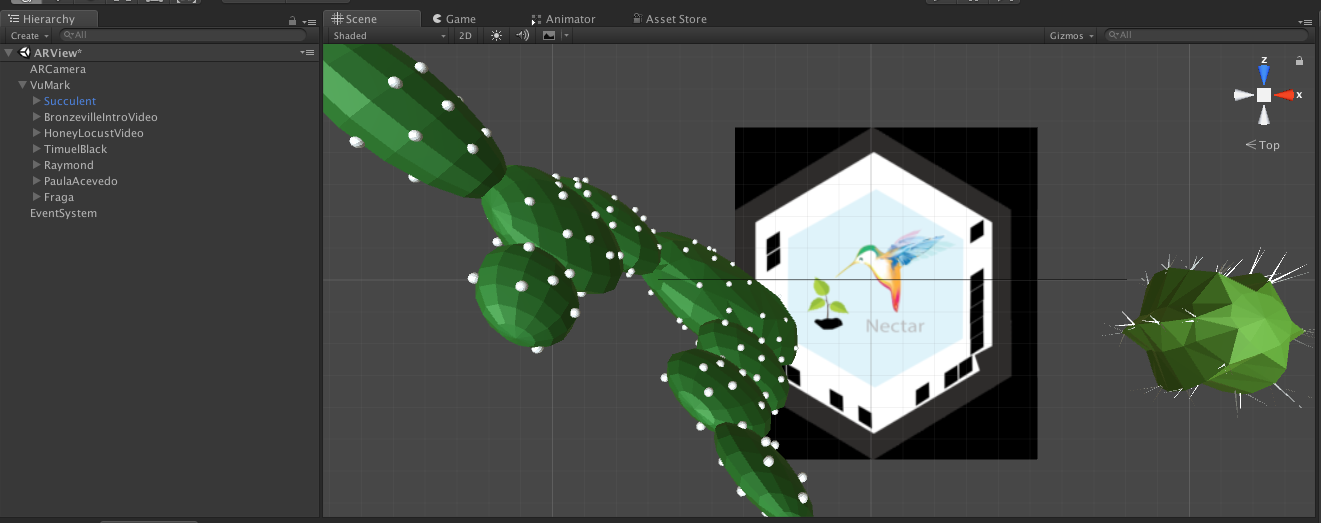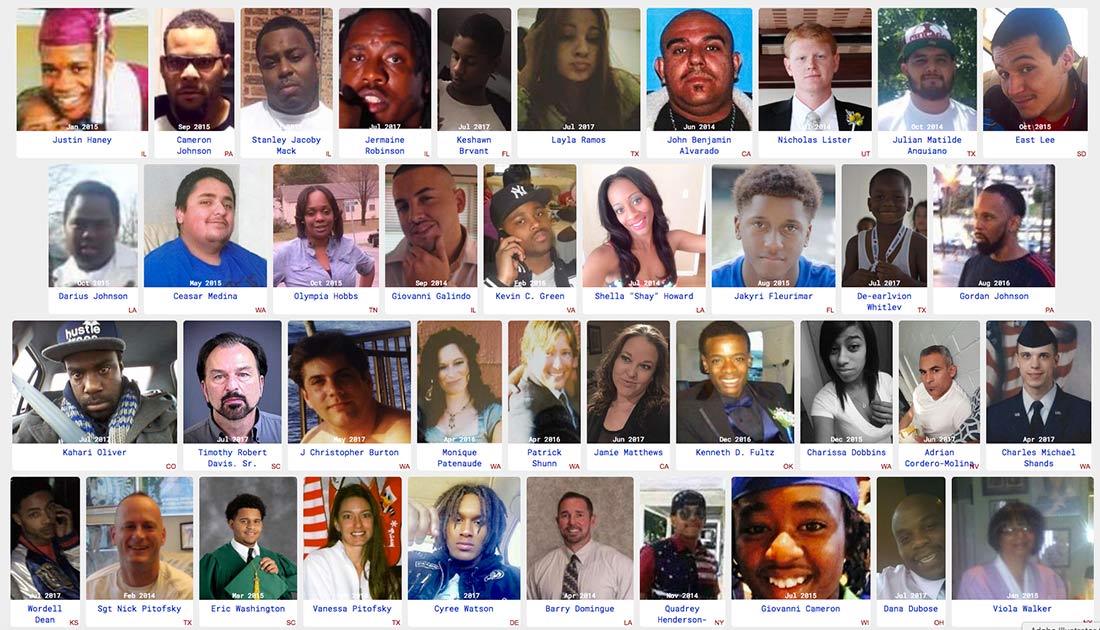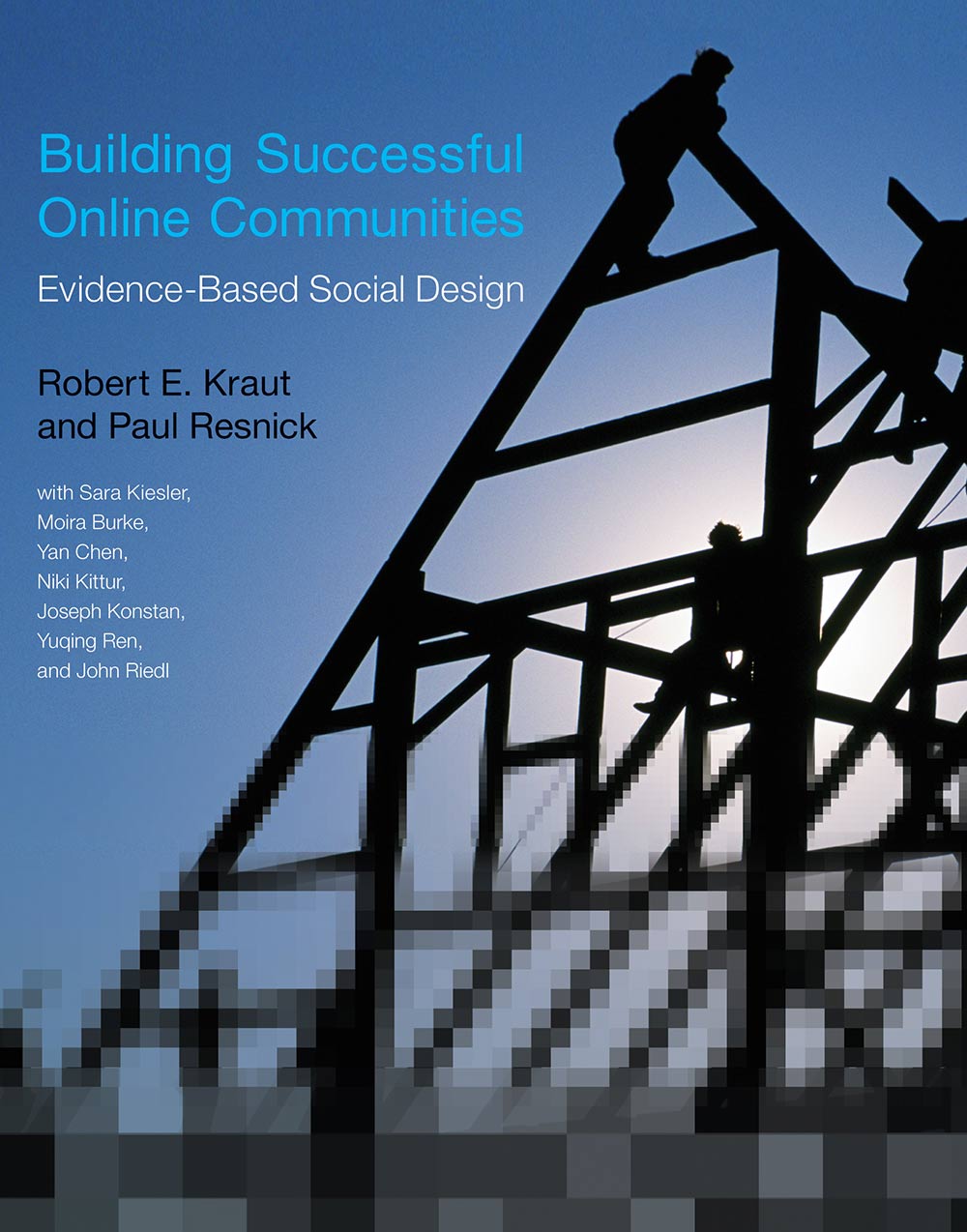Ideas |
Interactive Entertainment: How UX Design Shapes Streaming Platforms
As streaming develops into the latest age of entertainment, how are interfaces and layouts being designed to prioritize user experience and accessibility? The Covid-19 pandemic accelerated streaming services becoming the dominant form of entertainment. There are a handful of new platforms, each with thousands of hours of content, but not much change or differentiation in the user journeys. For the most part, everywhere from Netflix to illegal streaming platforms use similar video streaming UX standards, and...


